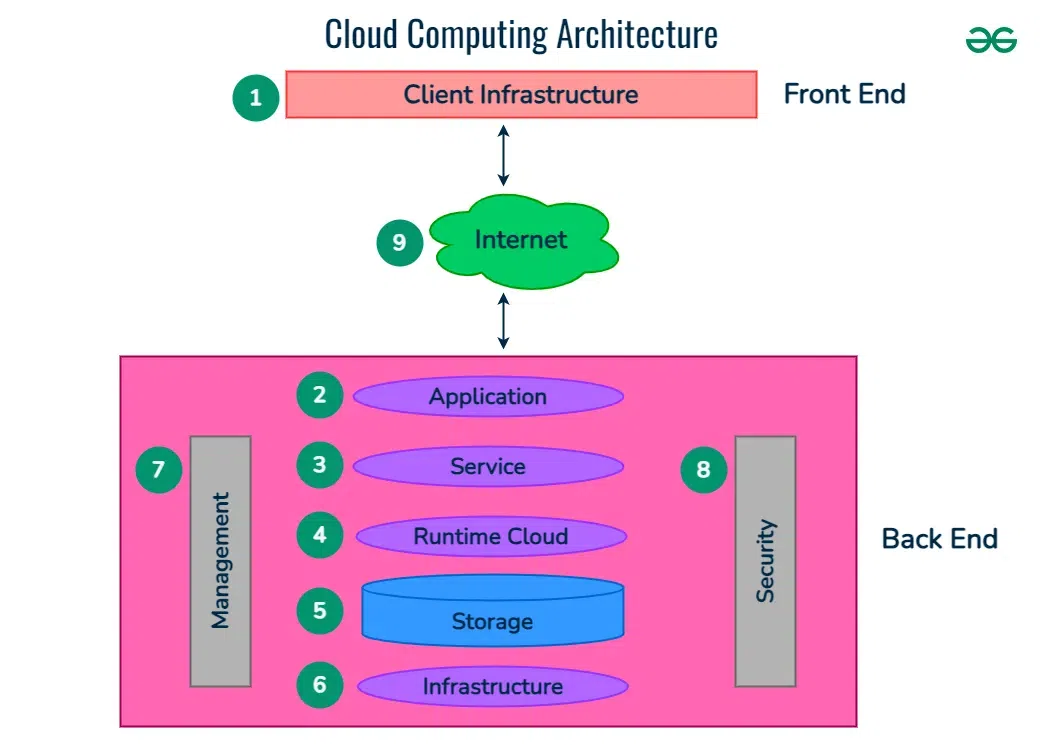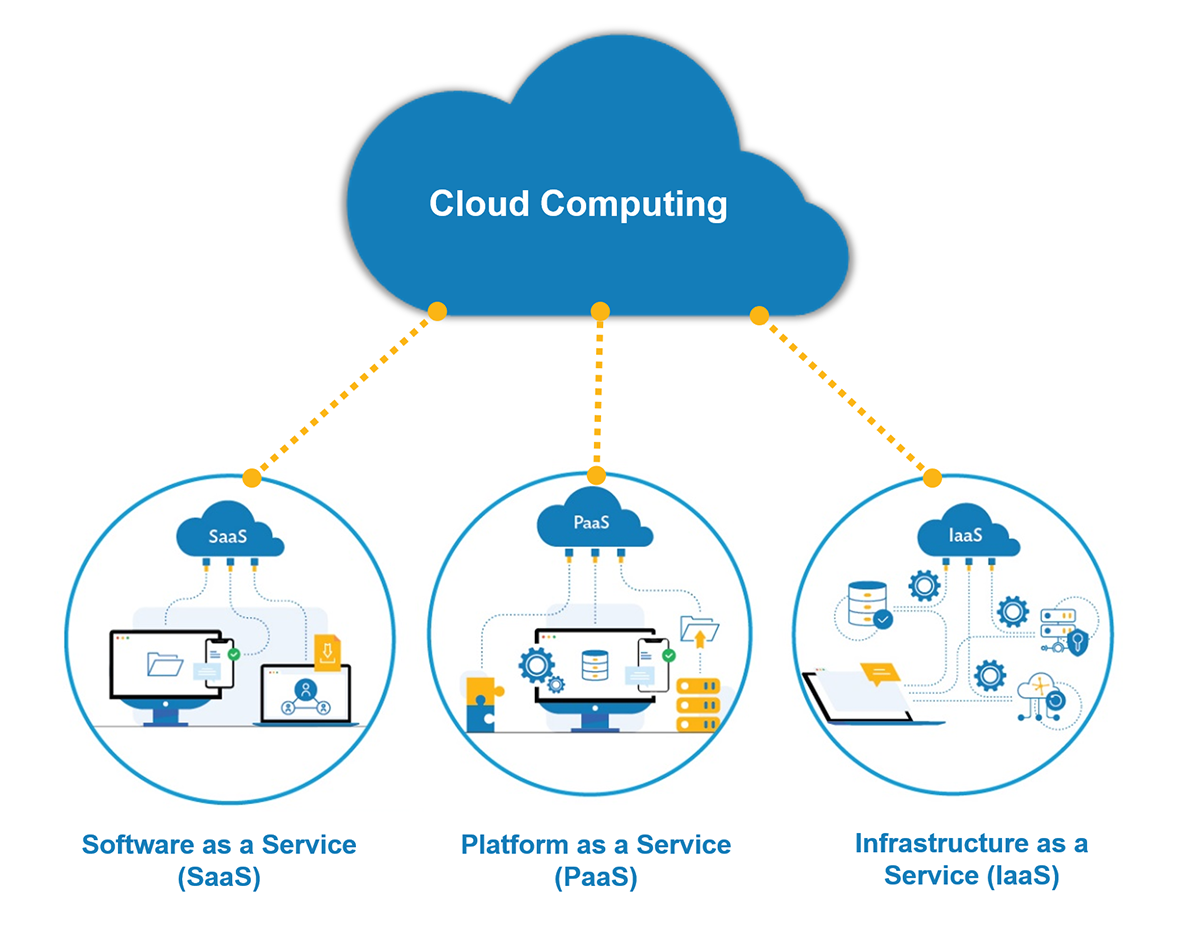Essential Tips for LinkDaddy Cloud Services: Optimizing Your Universal Cloud Service Technique
Essential Tips for LinkDaddy Cloud Services: Optimizing Your Universal Cloud Service Technique
Blog Article
Simplify Your Infrastructure With Cloud Provider
As organizations navigate the ever-evolving landscape of modern technology and information monitoring, the role of cloud solutions in streamlining facilities has actually come to be progressively popular. The attraction of structured procedures, enhanced effectiveness, and boosted source allowance through cloud services is obvious. The journey in the direction of a much more agile and affordable IT facilities involves even more than simply migrating to the cloud. It calls for a critical method and a deep understanding of the subtleties of cloud adoption. How can companies effectively navigate this transition and genuinely open the potential of cloud solutions for streamlining their facilities?
Advantages of Cloud Provider
Cloud solutions offer a streamlined strategy to managing IT facilities, providing businesses with scalability, flexibility, and cost-efficiency. One of the vital benefits of cloud solutions is the scalability they offer.
Furthermore, cloud solutions eliminate the need for organizations to purchase costly software and hardware. This cost-efficiency is a considerable advantage, especially for tiny to medium-sized ventures aiming to minimize ahead of time costs. By utilizing cloud solutions, services can access top notch IT resources without the hefty price connected with typical facilities setups.
Moreover, cloud solutions offer services with the adaptability to access their data and applications from anywhere with a net link. This level of accessibility improves cooperation among teams, makes it possible for remote work, and boosts overall efficiency. The flexibility used by cloud solutions empowers services to adapt promptly to transforming market conditions and customer needs.
Expense Cost Savings and Scalability
Along with the functional benefits highlighted earlier, the assimilation of cloud solutions right into a company's facilities produces considerable cost financial savings and improved scalability. Cloud solutions offer a pay-as-you-go design, permitting services to scale sources up or down based upon current needs, therefore avoiding the costs connected with maintaining excess capability. This versatility allows business to adapt rapidly to changing demands without incurring unnecessary expenditures.
In addition, cloud solutions eliminate the need for in advance financial investments in hardware and software, reducing resources expenses. Overhead are likewise minimized as firms no much longer need to manage and maintain physical web servers, causing lower energy consumption and IT staffing costs. Additionally, cloud solutions supply automatic updates and maintenance, ensuring that the framework continues to be current and safe without needing manual treatments.
Improved Safety Procedures
Executing rigid protection measures is paramount when integrating cloud services right into a business's infrastructure to guard delicate data and guarantee conformity with sector laws. Cloud solution suppliers use improved protection attributes such as data security, firewall defense, and multi-factor verification to reduce cybersecurity risks.
In addition, routine safety and security audits and conformity analyses assist identify susceptabilities and make sure adherence to industry criteria. Firms can also gain from attributes like computerized security updates and real-time hazard tracking given by cloud provider. By prioritizing safety and security procedures and remaining positive in resolving possible threats, organizations can confidently take advantage of cloud solutions while shielding their beneficial information from unauthorized gain access to or breaches.
Transitioning to Cloud Infrastructure
To successfully incorporate cloud solutions right into a firm's infrastructure, a structured method that attends to the change in the direction of cloud-based options is necessary. Transitioning to shadow infrastructure involves careful planning and execution to make certain a smooth movement process - linkdaddy cloud services press release.
Once the assessment is complete, a migration technique ought to read the article be established. This method must lay out the timeline, sources, and responsibilities for moving each component visit this web-site to the cloud. It is vital to connect this strategy plainly to all stakeholders to make certain placement and minimize disruptions during the change.
During the migration process, testing and tracking are essential to determine and address any kind of concerns quickly. Regular checkpoints need to be developed to track progress and make necessary modifications. Additionally, training for staff members on utilizing cloud services must be provided to ensure an effective shift and maximize the advantages of the brand-new facilities.
Best Practices for Cloud Adoption
Effective fostering of cloud services rests on the strategic alignment of company purposes with technical capabilities and business readiness. To make sure a smooth change to the cloud, companies ought to start by conducting a detailed evaluation of their current infrastructure and recognizing which work are best suited for cloud migration. It is crucial to involve vital stakeholders from different departments in the decision-making procedure to get buy-in and attend to any kind of worries early on.
An additional best technique for cloud fostering is to focus on protection and conformity. Organizations has to very carefully assess the safety actions offered by cloud service suppliers and make certain this content that their information is protected according to market requirements and governing requirements. Executing robust data file encryption, accessibility controls, and normal protection audits can aid mitigate risks related to cloud adoption.

Conclusion

As organizations browse the ever-evolving landscape of innovation and data monitoring, the function of cloud solutions in streamlining facilities has come to be significantly noticeable - Cloud Services. How can organizations properly navigate this shift and truly open the potential of cloud services for streamlining their framework?
Cloud solutions supply a streamlined technique to managing IT infrastructure, supplying organizations with flexibility, cost-efficiency, and scalability. By using cloud solutions, services can access top quality IT sources without the substantial cost tag linked with conventional facilities configurations.
To make sure a smooth shift to the cloud, organizations ought to start by conducting a detailed evaluation of their present infrastructure and identifying which work are best fit for cloud movement.
Report this page